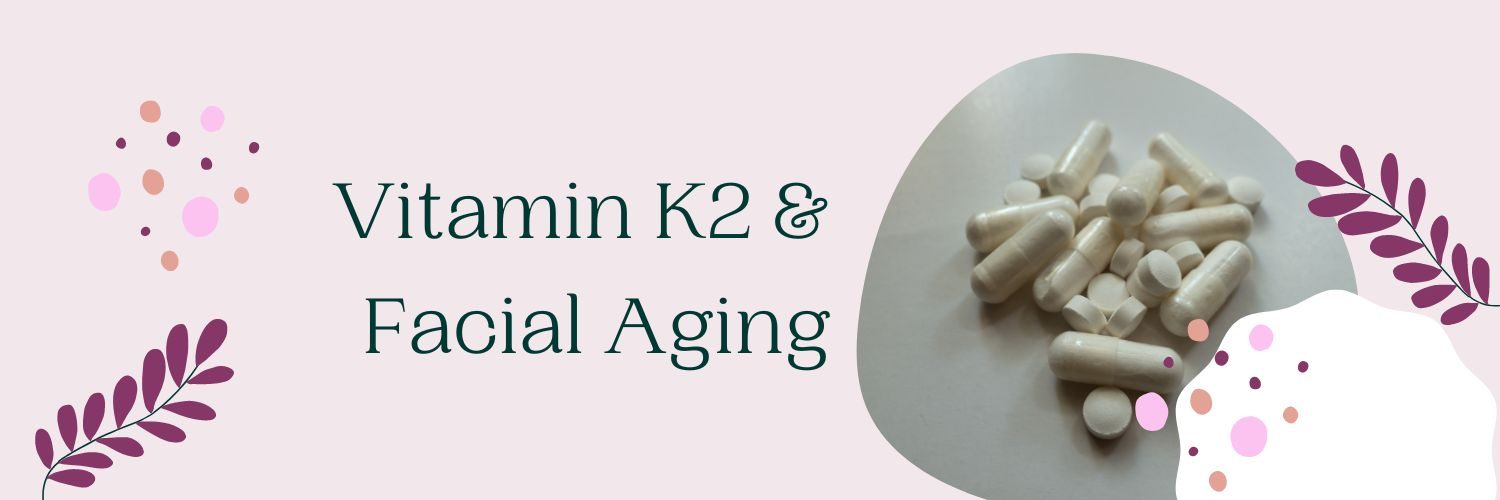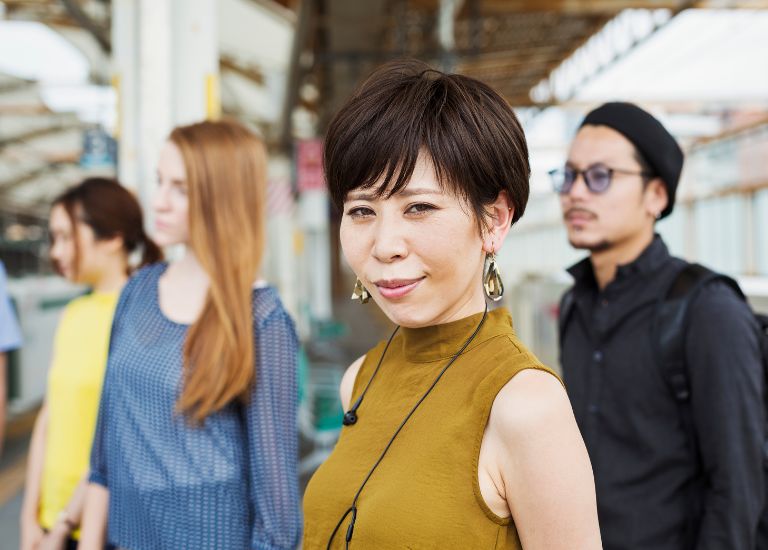Vitamin K2: could it possibly cause your face to look younger?

Disclaimer: this website does not provide medical advice. Articles are for informational purposes only and should not be used as a substitute for professional medical advice, diagnosis or treatment. Always seek the advice of your physician or other qualified healthcare provider with any questions you may have regarding a medical condition or treatment, and never disregard professional medical advice or delay in seeking it because of something you have read on this website.
Introduction
In this article, we are going to look at the connection between Vitamin K2 and the aging process. First let’s look at what this Vitamin is. According to WebMD, Vitamin K is a group of compounds, the most important of which are K1 and K2. Vitamin K1 comes from leafy greens and Vitamin K2 from meats, cheeses and eggs.
Vitamin K has long been associated with blood clotting, and low levels can raise the risk of uncontrolled bleeding. Research is now being done into the use of Vitamin K2 to treat bone density and osteoporosis. At this point, results are not conclusive, but are exciting for those interested in rejuvenation.
Old versus tired
We are largely basing the content of this article on a video, which you can see below, from Doctor and Plastic Surgeon, Dr Anil Rajani, on the effect of Vitamin K2 on aging. He says that he doesn’t normally recommend supplements, as it is best to get vitamins and minerals from a balanced diet, but that he believes that this vitamin is very important for the body and difficult for most people to get in sufficient quantities through their diet.
Dr Rajani makes an important distinction between looking old and looking tired. In his opinion, looking old results from loss of bone density in the face, whereas looking tired comes from things like loss of under-eye fat pads and loss of fat in the face. This is a very interesting way to look at facial aging because most of us are super-aware of how our skin ages, but we don’t understand that some of the skin sagging actually occurs because the underlying bone is shrinking.
Let's Hear from a Doctor
Dr Rajani on how deficiency of Vitamin K2 can age your skin.
The facial skeleton
In the National Library of Medicine 2012 study “Changes in the Facial Skeleton With Aging: Implications and Clinical Applications in Facial Rejuvenation”, they conclude by saying a defining characteristic of youth is good skeletal structural support, and that facial aging happens both from soft tissue and bone changes, with bone loss in specific areas of the facial skeleton contributing significantly to how the face ages.
They point out that often where we see premature aging, the facial skeleton is losing its structure. It is worth having a look at the study, linked above, to see the images comparing a youthful facial skeleton with an older one, as the impact of loss of bone density is quite shocking across all the main facial areas.
According to Dr Rajani, in 2011, endocrine researchers in Boston found that women aged in their forties and fifties who had extensive wrinkling also had low bone mass. Lubna Pal, M.D., a reproductive endocrinologist at Yale’s School of Medicine said, “Women need to be aware that our skin is giving us a glimpse of what’s happening inside to our skeleton”.
Natto is the only source of Vitamin K2mk7 and the nattokinase enzyme; it also contains soy isoflavones and probiotic bacteria.
How can Vitamin K2 help?
Calcium and Vitamin D are needed for healthy bones. There is now research to show that Vitamin K2 helps to put calcium where it is needed, as in keeping it out of the arteries and driving it into the bones.
“The Medical Benefits of Vitamin K2 on Calcium-Related Disorders” is an interesting study, where they conclude that Vitamin K2 has been proven to directly benefit patients with osteoporosis but that more research is needed to understand the effect of the vitamin on healthy individuals.
Can resistance exercise improve bone density in the face?
Numerous studies have shown that strength training improves bone density but how could this knowledge be used to improve facial bone density? We are totally speculating when we say this, but it is possible that eating foods that require a lot of chewing, like salad, meat, fruit and nuts, and that careful mastication of food in general, could create resistance to support facial bone health. Jaw exercisers are also another option.
- Trainer to Achieve a Sharper Jawline with Three Levels of Resistance
- Jaw Trainer for an Enhanced Facial Definition
- Pack of 3 with FREE Biting Strips & 3 Necklaces
Why do the Japanese look so young as they age?
The Japanese are known for having beautiful skin right into their 80s. Researchers looked at Japanese people that moved to North America and found that, when they moved, their skin didn’t move with them, as in they aged more like typical North Americans. It is speculated that this is because of natto, a dish eaten in Japan for breakfast, made from fermented soybeans. This dish is hard for westerners to eat because it has a strong, pungent flavour.
Natto has the highest levels of K2 per 100g than any other food, with 1,103 Mcgs per 100g. Other foods that are high are goose liver, with 369 Mcgs per 100g, hard cheese with 76 and egg yoke with between 32 and 15.
In a study by Nutritional Epidemiology, “Intake of Fermented Soybeans, Natto, Is Associated with Reduced Bone Loss in Postmenopausal Women: Japanese Population-Based Osteoporosis (JPOS) Study”, they saw that natto contains a large amount of menaquinone-7, a common form of Vitamin K2. They looked at the connection between habitual natto intake and healthy bone mineral density (BMD). They found significant positive associations between natto intake and the rates of changes in BMD in the neck and wrist area.

Dr Rajani points out in the video that oestrogen and hormone replacement therapy (HRT) also play a big role in bone density for post-menopausal women, check out our article Hormone Replacement Therapy (HRT) – impact on your aging process
They concluded that natto intake may help prevent postmenopausal bone loss through the effects of menaquinone 7 or bioavailable isoflavones. However, tofu contains isoflavones and was not seen to have this effect on BMD. It is possible that Natto has different isoflavones but its is speculated that most of the benefit comes from the menaquinone 7, or Vitamin K2.
Conclusion
At this point, there is good evidence to suggest that taking Vitamin K2 supplements can help with bone density and, therefore, slow down facial aging, which is contributed to by the bone in the facial skeleton being reabsorbed by the body.
We are big fans of Dr Rajani and trust his opinion because he has experience of working with thousands of clients on facial rejuvenation, plus he keeps abreast of all the latest research studies in this area.
It is very easy and cheap to take a Vitamin D3 and K2 supplement. One of our favourite companies, which we are not affiliated with, is DoNotAge.org and they have an excellent supplement.
So that’s a yes from the Seeoran team for Vitamin K2! What do you think? Would you try it? If you already have tried Vitamin K2, what has your experience been?


